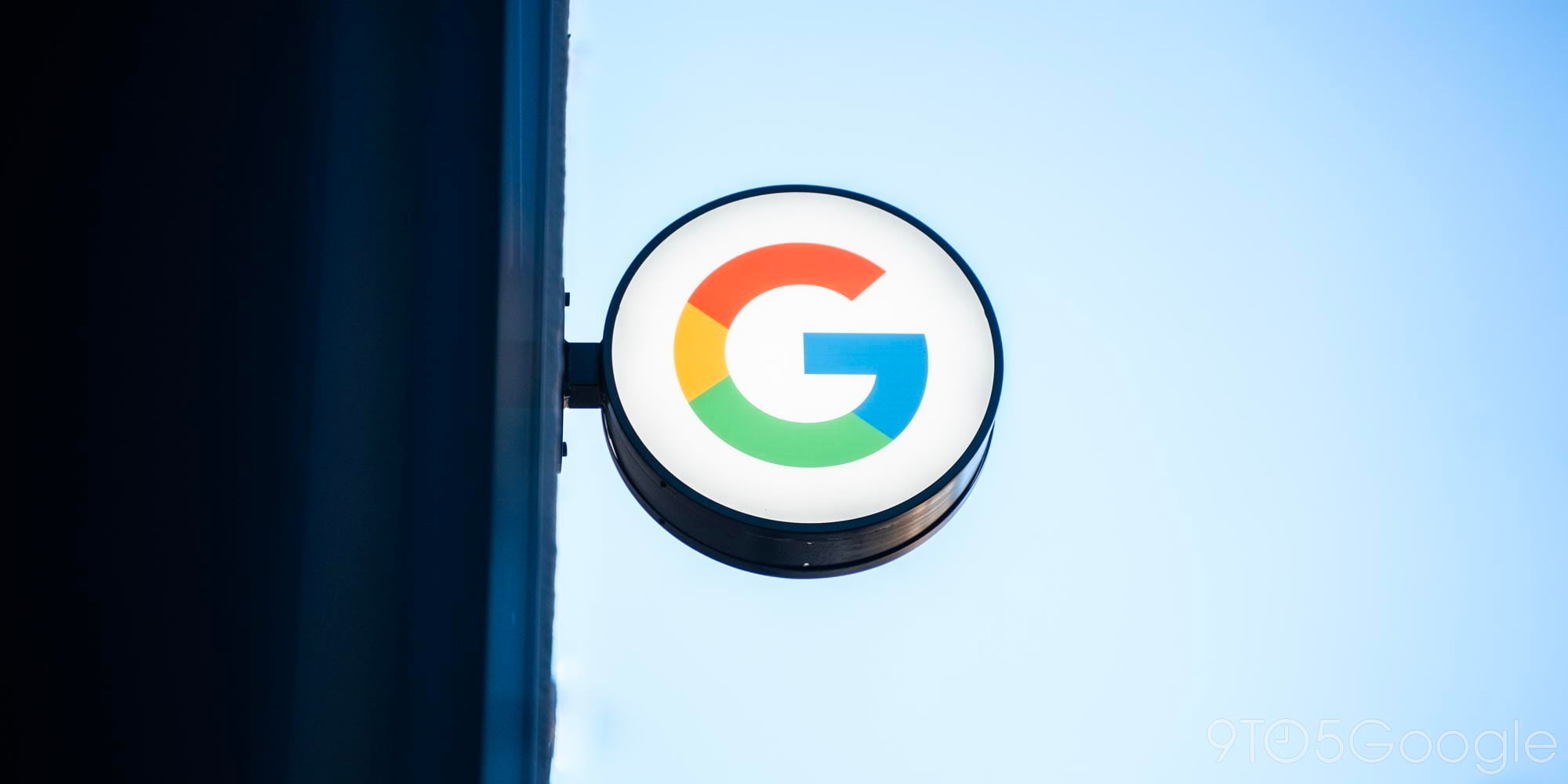

Project Loon is undoubtedly one of Google’s most inventive and ambitious projects to date. Formerly part of the Google X group, now under the ‘X’ Alphabet sub-division, these airborne signal boosters will provide high speed LTE coverage to rural areas in a number of developing markets. Sri Lanka and Indonesia are set to be among the first regions to get these stratospheric floating towers. In a G+ post, the team showed off how they get the balloons off the ground…
Using a launcher — affectionately known as Chicken Little (originally built in Wisconsin) — the team inflates the balloon and sends it 20km up in to the air. This is one of many launchers used by the Project Loon team to inflate and lift the huge balloons, and measures an impressive 55ft tall.
We took a big step towards that goal this month by sending one of our autolaunchers, Chicken Little, on a working vacation to sunny Puerto Rico. After initial construction and testing in Wisconsin USA, Chicken Little was packed up and shipped to a new location over 3500 km away, where it was reassembled and used to successfully autolaunch a handful of test balloons.
Chicken Little is one of a number of custom-built, 55ft tall autolaunch cranes, designed to fill, lift and launch our tennis-court sized balloons in under 30 minutes. Portable autolaunchers allow us to move our whole operation to places that give us access to favourable wind patterns that can help us provide Internet connectivity around the world.
Before inflation, the three main parts of the electronics and signalling equipment, complete with solar panels, are assembled and tested. These have been given a new design including three solar panels to improve their manoeuvrability and extend their connection time. Once assembled and tested, the balloon (protected by huge shutter doors) is inflated.
What’s impressive about the balloons’ tech and design is that they don’t need to be tethered to the ground in order to work. They’re programmed to float in sequence behind each other to specific locations in order to ensure their targeted regions are given consistent and fast LTE coverage. Further extensive carrier testing is expected to take place in the US in the near future.
FTC: We use income earning auto affiliate links. More.







Comments